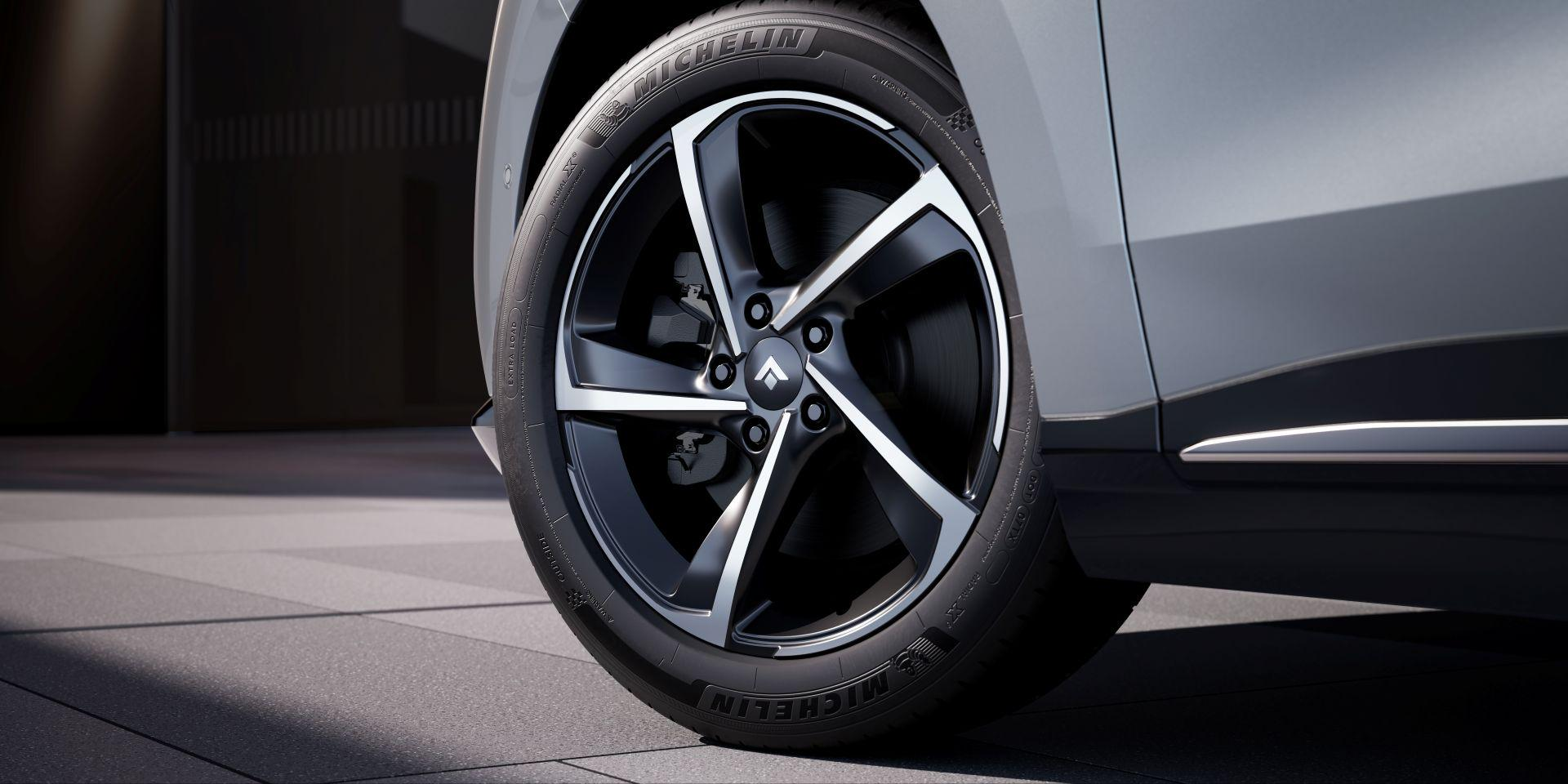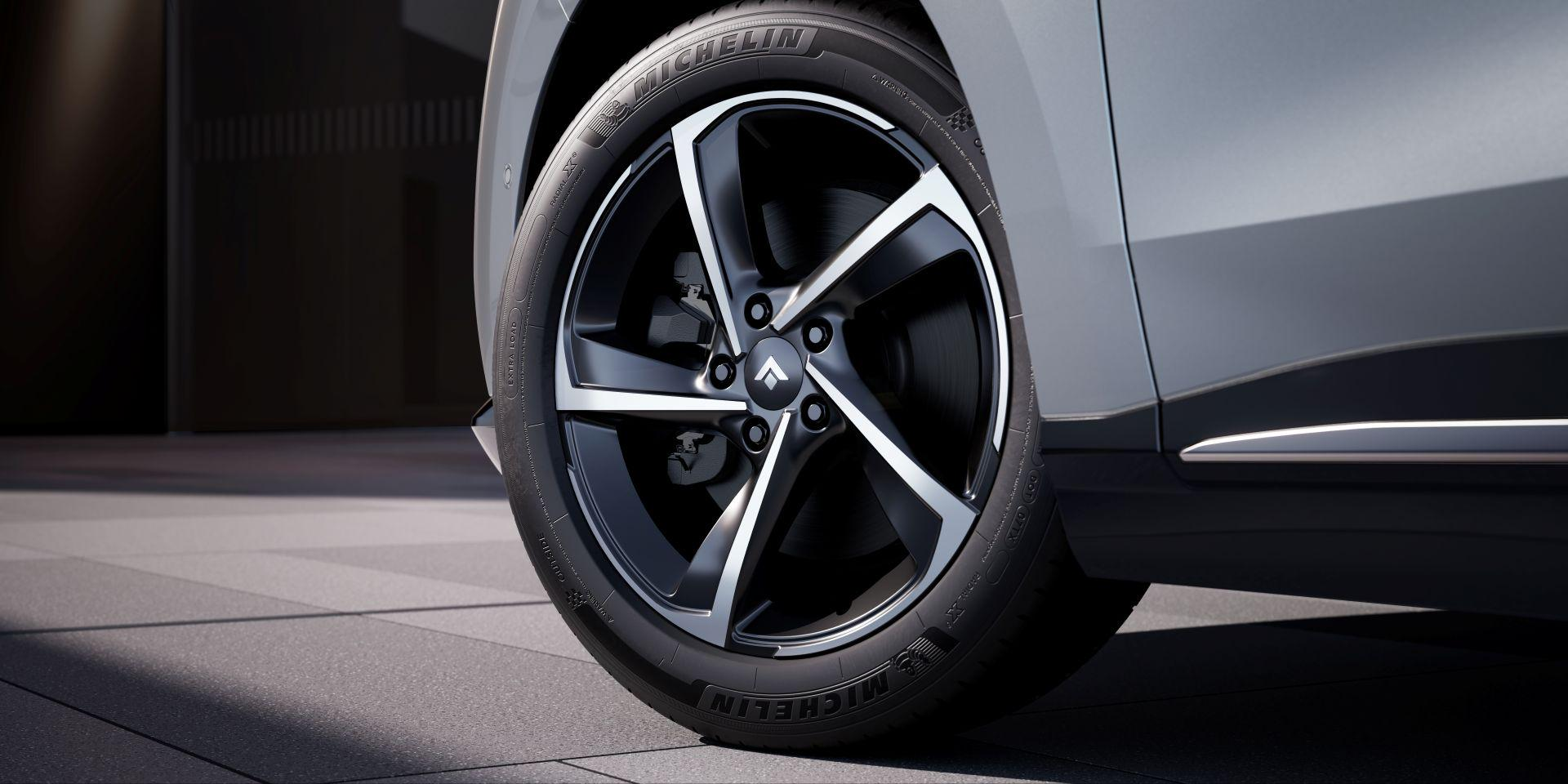In recent years, electric cars have been gaining ground on the streets of major Brazilian cities such as São Paulo, Rio de Janeiro, Curitiba, and Brasília. In addition to contributing to the reduction of pollutant emissions, electric vehicles offer quieter driving, lower cost per kilometer traveled, and fewer components subject to mechanical wear.
However, despite requiring less maintenance than combustion models, electric car maintenance remains essential to ensure the safety, performance, and durability of the vehicle. Ignoring basic care can compromise your investment and generate unexpected costs in the long run.
In this article, we have put together a series of practical tips for those who want to better understand how to keep their electric car in good condition—with special attention to two essential elements: the battery and the tires.
How to maintain the battery in electric cars?
The battery is undoubtedly the most valuable and sensitive component of an electric car. Ensuring its proper maintenance is essential to preserve the vehicle's range, prevent performance loss, and extend its useful life. Among the many factors that affect the battery, temperature is one of the most critical — especially in a country like Brazil, with widely varying climatic zones.
In hotter coastal cities, such as Salvador, Fortaleza, and Recife, intense heat can accelerate battery degradation. In areas of high humidity, such as the Amazon region, there are additional risks related to condensation and oxidation of internal components. Therefore, adopting smart habits in your daily life makes all the difference in protecting your car's energy system.
Check out some practical tips below to preserve your electric vehicle's battery:
- Park in the shade or in covered garages whenever possible: this helps to keep the battery temperature more stable and prevents overheating caused by prolonged exposure to the sun.
- Make the most of the regenerative braking system: this technology recovers some of the energy during braking, reducing the load on the battery and increasing its long-term efficiency.
- Keep your car's software up to date: automakers frequently release updates that optimize battery management, including thermal control and smart charging.
- Avoid charging the battery to 100% every day: ideally, keep the charge level between 20% and 80% during daily use. Full charges should be reserved for longer trips, when really necessary.
Adopting these best practices not only improves your car's performance but also helps avoid unpleasant surprises, such as premature loss of range or failures in the electric propulsion system.
How to care for your tires?
Although many drivers do not pay enough attention to tires, they play an even more critical role in electric cars. This is because, compared to combustion vehicles, electric models are usually significantly heavier due to the presence of batteries. This extra weight, combined with the instant torque characteristic of electric motors, accelerates tire wear, requiring more frequent care.
In Brazil, this attention becomes even more important because of the variety of road conditions: cobblestone streets in historic centers, potholes on poorly maintained urban roads, and dirt roads in the countryside are common. All of this directly impacts the useful life of tires and driving safety.

Here are some essential tips for keeping your electric car's tires in good condition:
Use a digital pressure gauge and follow the manufacturer's recommendations: check tire pressure regularly and compare it with the value indicated on the driver's door label or in the vehicle manual. Flat tires increase energy consumption and wear out more quickly.
Choose tires specifically designed for electric vehicles: opt for models with a higher load index and low rolling resistance. These tires are designed to withstand the extra weight and instant torque of EVs, as well as improve energy efficiency.
|
A special reminder: Consider the type of pavement and the season when choosing the tread pattern
|
Conclusion
Electric car maintenance goes far beyond just recharging the battery. As we have seen throughout this article, maintaining battery health and ensuring tires are in good condition are two fundamental pillars for extending the vehicle's useful life, preserving its efficiency, and ensuring safe driving in any region of Brazil.
Adopting simple habits such as parking in the shade, avoiding full daily charges, frequently checking tire pressure, and choosing models appropriate for the weight and type of terrain already makes a big difference in the daily life of those who drive an EV.
If you are looking for an electric vehicle that delivers performance, reliability, and cutting-edge technology, GAC Group models, especially SUVs, are excellent choices. GAC invests heavily in advanced battery management systems, reinforced chassis engineering to support the weight of the batteries, and optimized tires to ensure durability and comfort even in the most challenging road conditions in Brazil.
Keep an eye out for our upcoming content—we will continue to bring you useful tips on electric car maintenance, efficiency, and innovation in the world of electric cars. After all, with GAC, the future of electric mobility has already begun.



